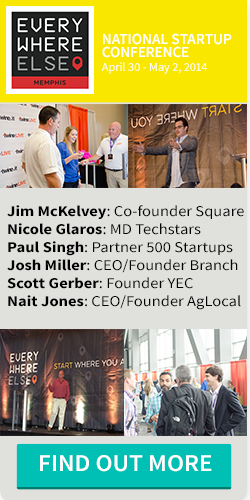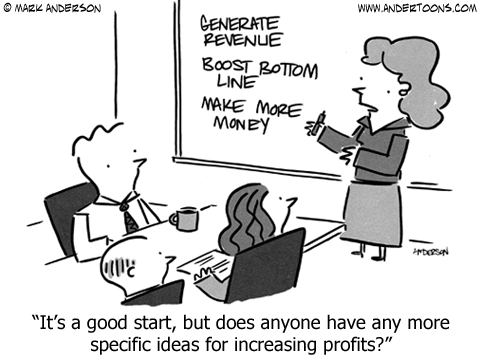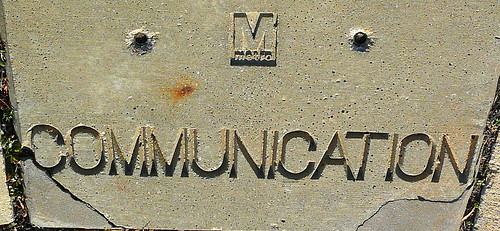Question: What’s the most successful giveaway — eBooks, webinars, coupons or vouchers, etc. — you’ve used to drive lead generation, ever?
Full-Sized eBooks
“eBooks deliver a ton of value. The fact that a consumer is getting an entire book for free is perceived to have a LOT of value. For most people, it’s always worth taking the time to fill out a few lines on an opt-in form.”
Richard Lorenzen, Fifth Avenue Brands
A Customized Training Quiz
“I rolled out a fully customized training based on a quiz for my email opt-in early in 2012, and it has been really well-received. The idea is that you can get a little extra information about your prospects, even as you are delivering a ton of value to them. You can see my example at http://Websitecheckuptool.com.”
Nathalie Lussier, Nathalie Lussier Media Inc.
Gift Cards
“Webinars and eBooks are attractive, but most potential customers are more motivated by cold, hard cash. But that’s not to say that your giveaways need to be expensive. Keep it at $5 and you’ll still get solid responses.”
Andrew Schrage, Money Crashers Personal Finance
Presentations on SlideShare
“Post a valuable presentation to SlideShare (http://www.slideshare.net). Doing so will help your SEO, establish you in the industry, tease your business, tap into the existing SlideShare network and optimize your presentation for social media. You’ll be surprised by the number of views you get soon after posting. Secret tip: Load your presentation up with an SEO-rich script and use images over the top as the slides.”
Benjamin Leis, Sweat EquiTees
An Ultimate Industry Guide
“A while back, we created an “Ultimate Guide” eBook for our industry. Coupons and vouchers are good, but if you really want people to purchase your product or service, give them your expertise. eBooks offer great value to the clients and, in turn, make them more likely to view you as the authority in your industry.”
Nick Friedman, College Hunks Hauling Junk
One Product Each Day
“In March 2013, we created the “Mod-a-Day Giveaway.” The idea was to give away a different product each day for a month. By committing to doing this daily, we created a reason for people to continue to engage. Of course, we’re having other conversations on social media, too, which allows these prospects to learn more about what we stand for. Stand by your own product and offer that for leads!”
Aaron Schwartz, Modify Watches
The Right eBook
“I have four eBooks that I wrote as a set several years ago that are still driving traffic to my website on a regular basis, as well as converting traffic to leads — despite having no gateway (such as a requirement to subscribe to a newsletter for access). These aren’t any old eBooks, though: They were written to specifically address the four questions I get most often from prospects.”
Thursday Bram, Hyper Modern Consulting
Discount Coupons
“Discount coupons are the clear winner for our e-commerce business to drive leads/sales. Once we added a coupon sign-up icon on our website, sales revenue increased by 30 percent. When the online shopper perceives he is getting a good deal in the form of a discount, he is far more likely to convert to a sale. Make sure you set an expiration date to create a sense of urgency to purchase. “
Anthony Saladino, Kitchen Cabinet Kings
A Hardbound Book
“I wrote a book, and we offer delivery to your door for free! It really helps us stand out and has done a great job with lead gen. “60 Seconds: How to Tell Your Company’s Story and the Brain Science to Make It Stick” has useful info for people to make their own videos, hire and work with our competitors or work with us to produce a great video. “
Andrew Angus, Switch Video
The Young Entrepreneur Council (YEC) is an invite-only organization comprised of the world’s most promising young entrepreneurs. In partnership with Citi, YEC recently launched StartupCollective, a free virtual mentorship program that helps millions of entrepreneurs start and grow businesses.





















